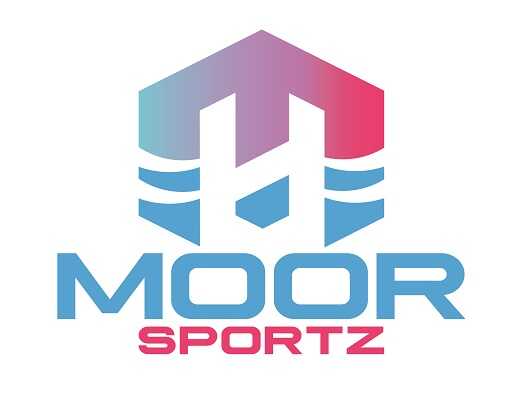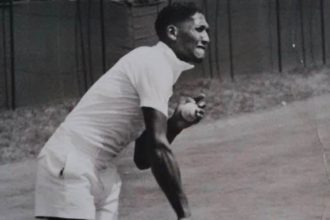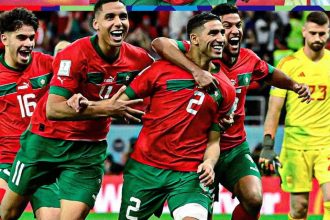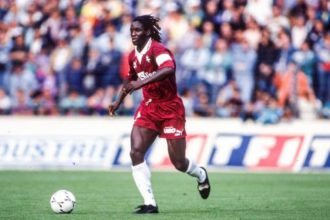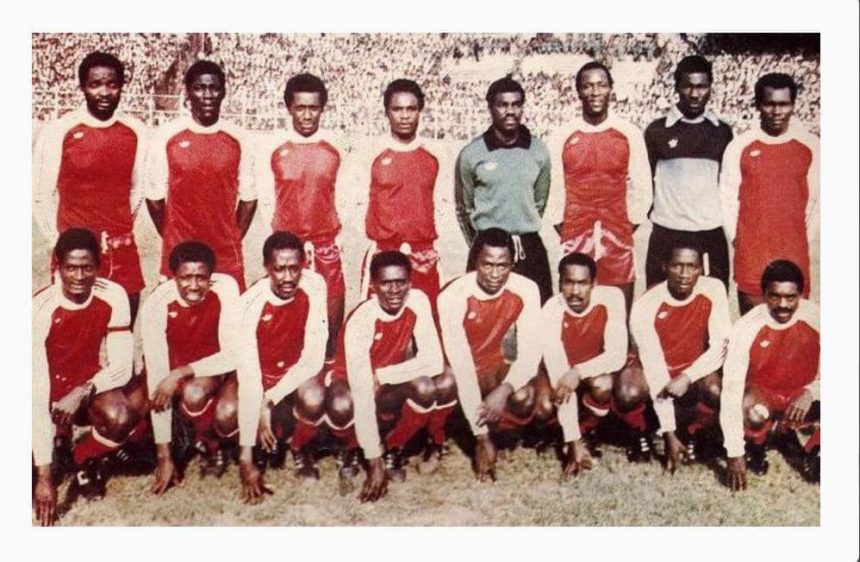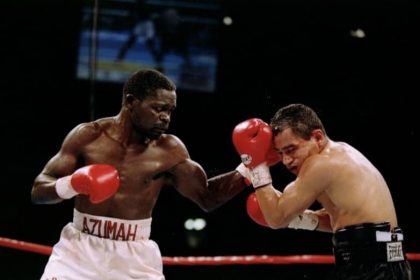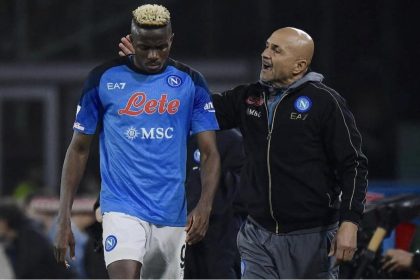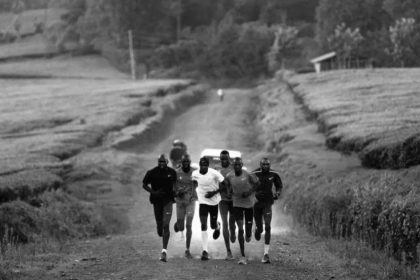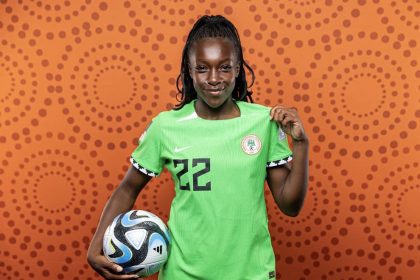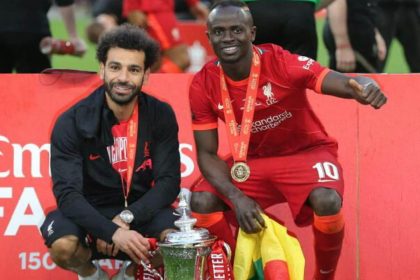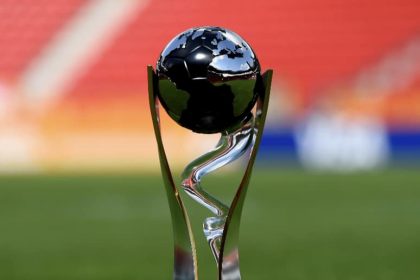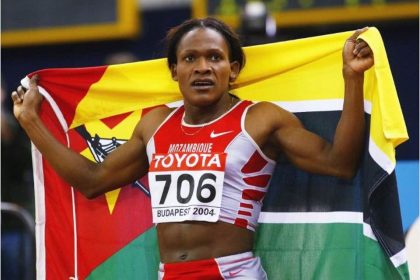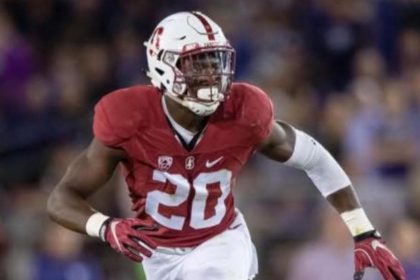Football took firm root so early in the 20th-century Cameroon. The French colony of Douala and Yaoundé were homes of the three earliest clubs: two for the settlers (Etoile Européenne and Ecole Supérieure) and one for the natives (Etoile Indigène). The club of the settlers (colonists) and that of the natives lived parallel and this therefore necessitated a clear cultural identity for the natives. For this new team, several names were proposed and local animals such as cheetah, panther, shrew, hawk, cobra, and zebra were suggested, but none was agreed upon.
On 9 November 1930, one of the patriarchs, Mvogo Melingui, took the floor and asked: “What is the name of the famous rifle which routed the German army in Yaoundé in 1916 and whose noise was a click ‘Kpa’ followed by the detonation ‘Kum’?” The audience responded loudly: “Cannon! Cannon! Cannon!” Thus, the name of the club was found and its nickname ‘Kpa-Kum’ also depicting the sound of the rifles when, in January 1916, the allies of French, Belgium and British took Yaoundé where the Germans had established their capital after the fall of Douala in 1914. This defeat marked the end of German colonization that gave way to French and British supervision under the League of Nations (later United Nations) Mandate.
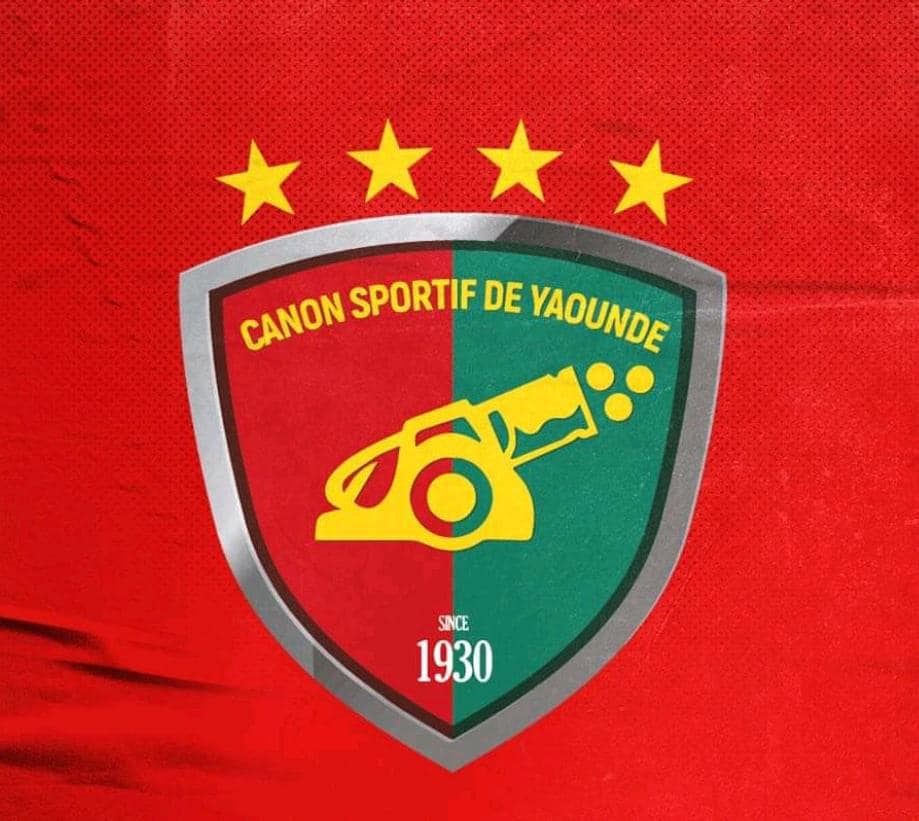
Canon Yaoundé has a very strong fan base. The team’s home stadium is the Stade Ahmadou Ahidjo, which has a capacity of 38,720 spectators. The team’s colours are green and white, and their logo features a canon, which represents the team’s strength and power on the field. Their most successful period was in the 1970s and 1980s when they were a dominant force in Cameroonian and African football, winning eight national championships, eight Cameroonian Cups, three African Champions’ Cups and one African Cup Winners’ Cup.
This golden age of the club is the exact focus of this article.
Canon Sportif de Yaoundé is by far Cameroon’s most successful football club. Their arch-rivals are Tonnerre Kalara Club (le”TKC”) of Yaounde and Union Sportive de Douala. These three clubs are the great pioneers of Cameroonian football and its golden age in African club competitions. One of the most famous derbies in African football of that era featured Canon and Tonnerre, a derby that is long and rich in history.
The all-conquering Tonnerre team that won the 1975 African Cup Winners’ Cup had in its ranks a certain 19-year old prodigy, Thomas N’Kono who joined the club on 1 July, 1975. Exactly after a year later, he left to join their bitter rival, Canon Yaoundé, across the city in what looked like a football coup d’état. This N’Kono would later become the inspiration to a 12-year old Italian boy in 1990 (Gianluigi Buffon) in his decision to choose goalkeeping as a career. The team also boasted of great talents like the mercurial winger Paul Bahoken and the cunning young striker, Roger Milla.
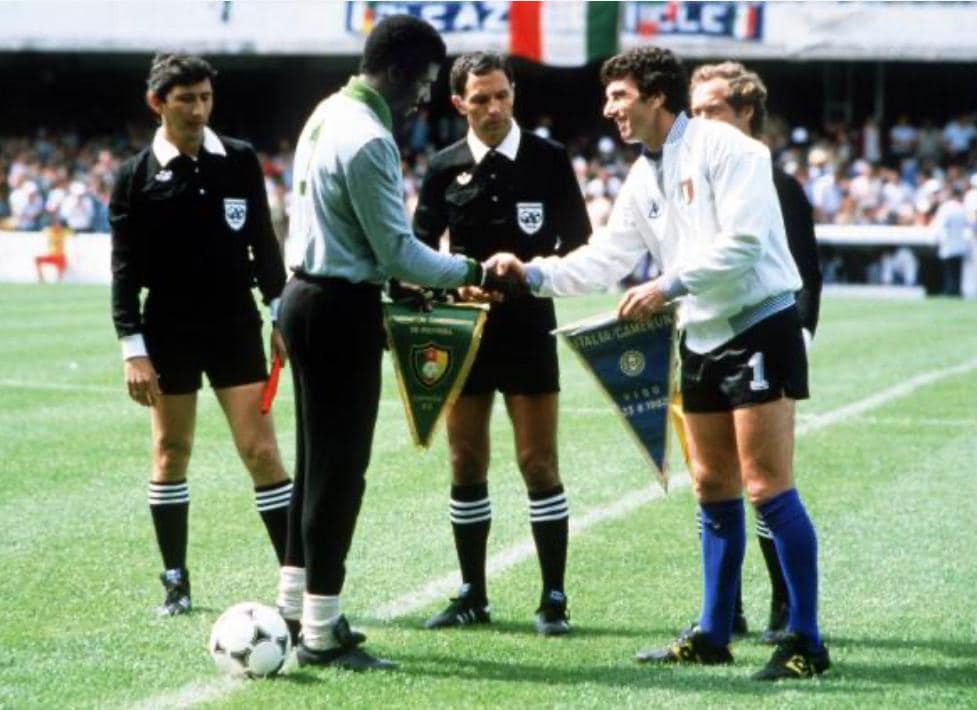
On the continent, Canon Yaoundé had to contend with highly belligerent traditional campaigners like Hafia FC of Conakry; the great Rangers FC of Enugu, who lost to the winners of African champions’ cup of 1975 (Hafia FC, Conakry) and that of 1976 (Mouloudia Club d’Alger, Algiers); Bendel Insurance of Benin; Gor Mahia of Nairobi; Asante Kotoko of Kumasi; Accra Hearts of Oak; Mouloudia Club d’Alger of Algiers, and many more. That decade was arguably the most competitive in the history of African club’s football.
The first of the three Canon Yaoundé’s Champions Cup trophies was won under the tutelage of a brilliant German tactician, Peter Schnittger in a bitter three-stage duel against the Cecil Jones Attuquayefio-inspired Asante Kotoko of Ghana. For this final, only points aggregate, not goals aggregate was considered by CAF, as Kotoko got all the two points by winning the first leg three-nil at their dreaded ground at Kumasi on 5 December 1971 only for Canon Yaoundé, led by the likes of Charles Léa Eyoum and the mercurial Jean Manga Onguéné, who was later crowned African Footballer of the year nine years later in 1980, to respond back a fortnight later at the Stade Militaire de Yaoundé with two goals to get a three-point all aggregate draw which demanded a replay at the same Yaoundé stadium three days later on 21 December 1971, just four days to Christmas. The match was abandoned at the 82nd minute with Canon Yaoundé leading 1-0 after Asante Kotoko fans invaded the pitch. Canon Yaoundé were later declared champions.
Hafia FC won the African Champions’ Cup in 1972 and reached four straight finals from 1975 through 1978 and ended up as champions in two of them (1975 and 77). Their head-to-head confrontation with Canon Yaoundé in the final of the 1978 edition (in their fourth attempt to win the cup) was clearly the match of that decade in African continent. It was a replica of another epic sporting event in the neighbouring Kinshasa earlier around that time, labelled the “Rumble in the Jungle” when Mohammed Ali had come face-to-face with the deadly heavy puncher, George Foreman, in October 1974.
The first leg on 3 December 1978 ended 0 – 0 in Conakry and a “war” was later set at the dreaded Stade Omnisports in Yaoundé two weeks later, a match in which Canon stunned the whole continent by beating the invincible Hafia FC with two goals to nil. This stunning victory announced this unique generation of Canon Yaoundé players to the whole world and they went ahead the following year (1979) to briskly dismiss Gor Mahia FC of Nairobi 8 – 0 aggregate in a dominant two-legged thriller to win the African Cup Winners’ Cup. This was the year that the legendary Thomas N’Kono became the first goalkeeper to win the African Footballer of the Year award.
Canon Yaoundé won their third African Champions’ Cup title in 1980, the two goals from Jean Manga Onguéné and one from Théophile Abega made the difference against AS Bilima of Kinshasa, Zaire away at the 20 May Stadium in Kinshasha after the first leg two weeks earlier ended two-all draw in Yaoundé. Jean Manga Onguéné’s nine goals in the series were so vital to the success of the club, as he was later announced the African Footballer of Year 1980 because of this feat to the consternation of some Nigerians who thought the wing wizard, Segun Odegbami, who was the colossus of the Nigeria’s Green Eagles who were the African champions same year deserved it more.
The 1978, 1979 and 1980 straight continental victories were bold statements of this unique generation of Canon Yaoundé of their readiness to take on the whole world. This generation had in its ranks the likes of Ephrem M’Bom, Ibrahim Aoudou, Thomas Nkono, Théophile Abega, Jacques N’Guea, Grégoire M’Bida and others who went on to form the bulk of the Cameroon’s national team that stunned the planet at España 1982 FIFA World Cup.
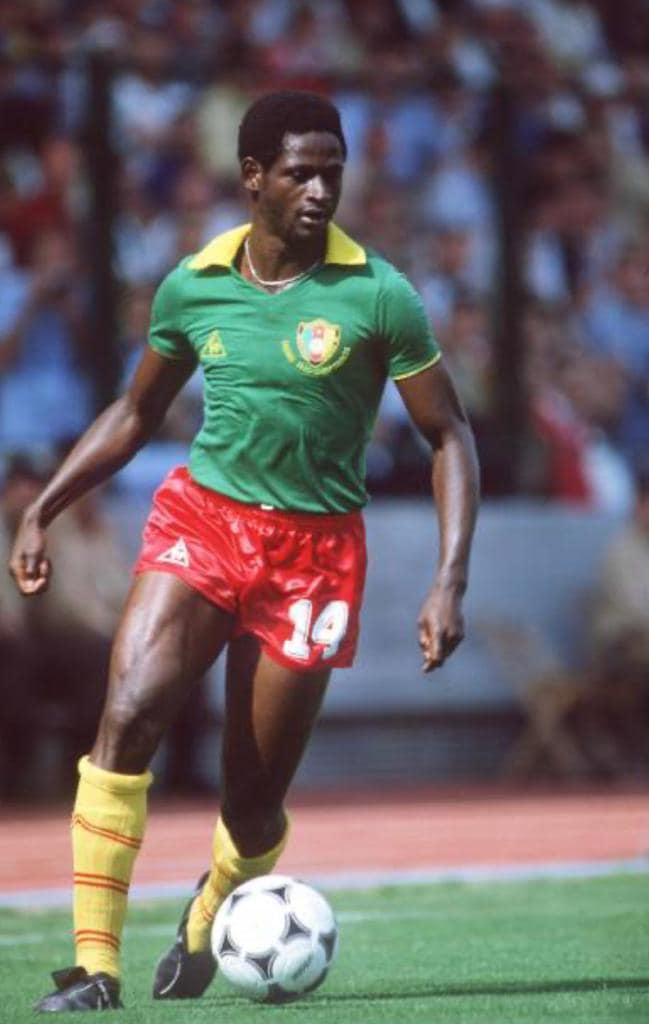
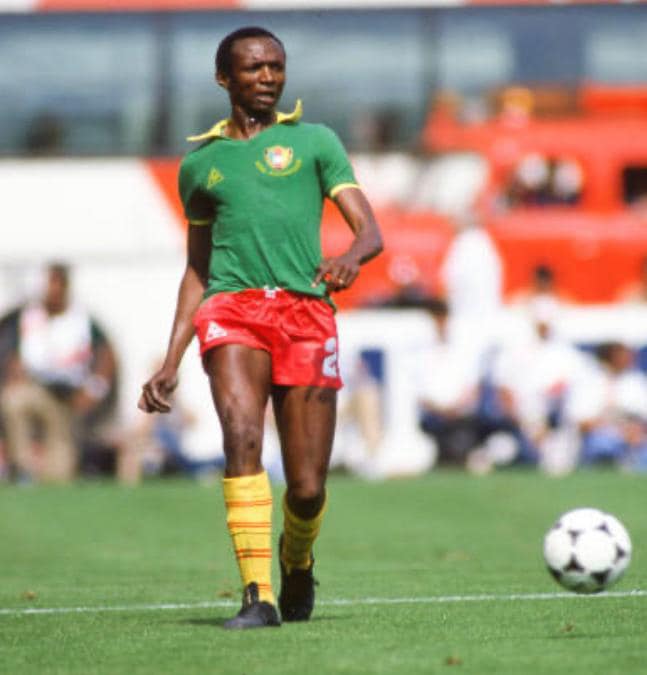
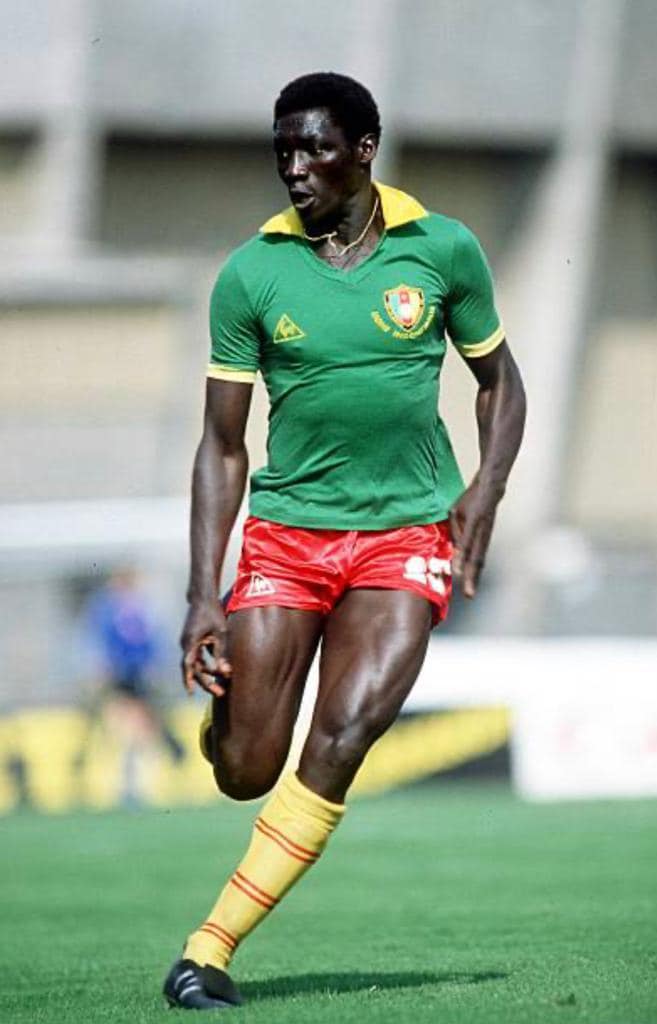
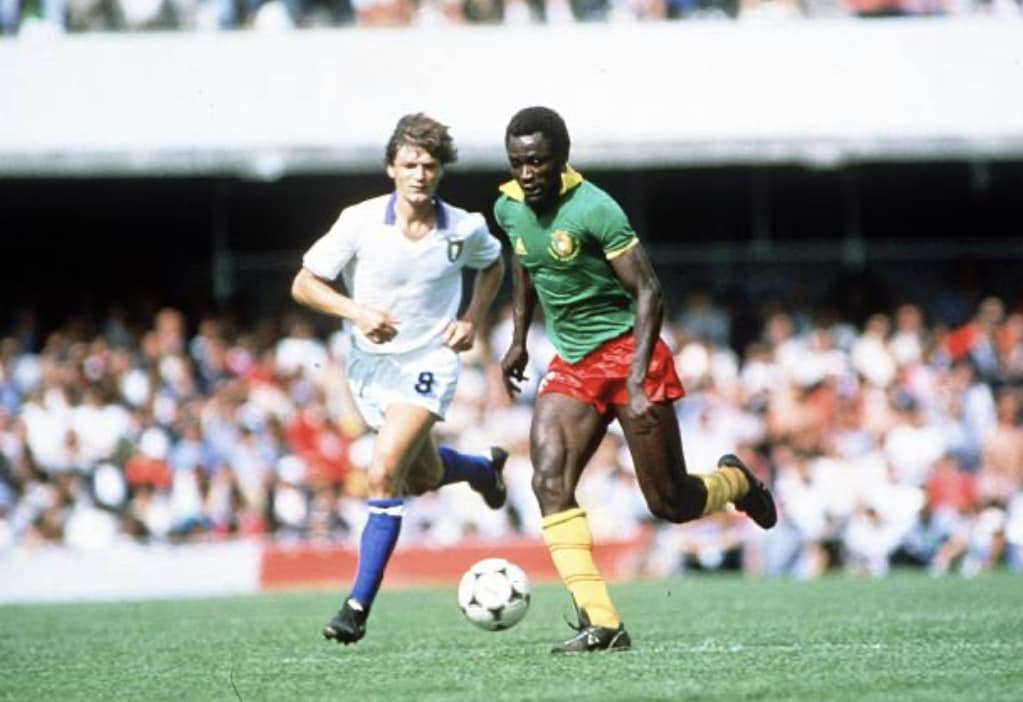
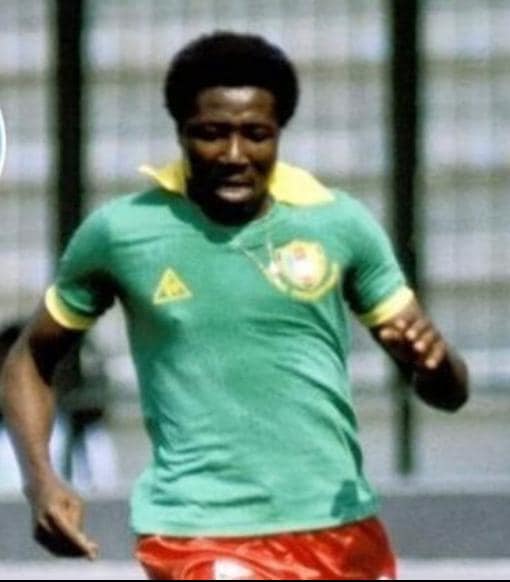
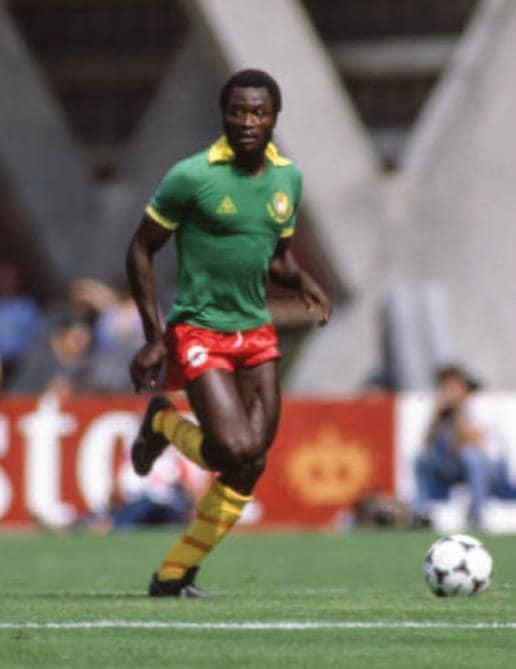
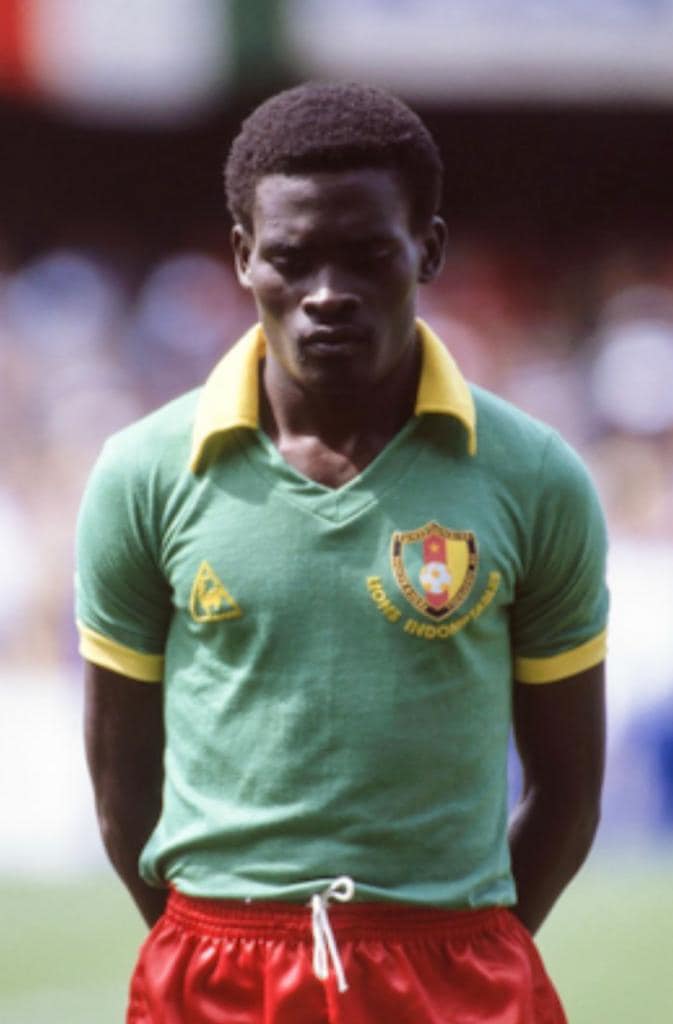
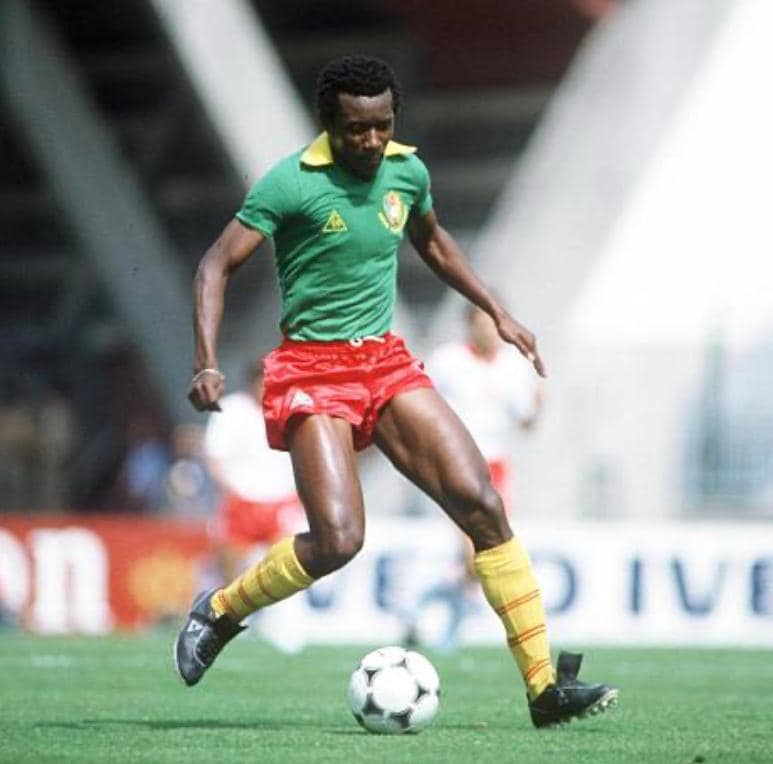
Michel Kaham, who was a member of the glorious Canon Yaoundé generation of the early 70s before he moved to France in 1974 for professional career, the imperious defender, Emmanuel Kundé, Ephrem M’Bom, Thomas N’Kono, Ibrahim Aoudou, Théophile Abega, Grégoire M’Bida, and Jacques N’Guea Énongué were eight players from the school of Canon Yaoundé that started all the three matches for Cameroon in this World Cup campaign.
Only three others who weren’t from Canon Yaoundé made the team’s first eleven; Roger Milla (Tonnere but left for Valenciennes FC in 1976), Elie Onana (Tonerre), and René N’Djeya (Union Douala). With eight sure starters out of the first 11 in every starting lineup of the glorious Indomitable Lions of the 1982 FIFA World Cup campaign, it was literally “Canon Yaoundé against the World”.
The Indomitable Lions were the rank outsiders in Spain, and were expected to return home with three humiliating defeats. But Cameroon did Africa proud by exiting the competition unbeaten. They held their own in goalless draws against Peru and eventual semi-finalists Poland before their famous final Group 1 clash against giants Italy, who also had two points from two games.
There first game on 15 June 1982 against Peru brought loads of dramas, with the extraordinary agility of goalkeeper Thomas N’Kono. One of the Peruvian technical staff asked N’Kono to be searched with the aid of a security dog because he thought he was carrying a black magic. He said his reflexes were not natural. The match eventually ended 0 – 0.
After the zero all tie with Peru, the star-studded Polish team, with players like Boniek and Lato, was their next opponent. They met a well-organized team thoroughly drilled by the French coach, Jean Vincent. The defence line commanded by Njeye Rene, Onana Ellie Eloundou, Mbom Ephraim, and Kaham Michel was just too strong for them to penetrate.
Jean Vincent paraded the same Lions in the must-win last group’s match against Italy that boasted a host of world class players, including much of the dominant Juventus side of the time – Dino Zoff, Claudio Gentile, Gaetano Scirea, Antonio Cabrini, Marco Tardelli and Paolo Rossi – Cameroon were a bunch of virtual unknowns. Only Bastia striker, Roger Milla had made a real name for himself in Europe. Italy with six Juventus players in its starting lineup and Cameroon with eight Canon Yaoundé players in theirs, the match was like a “Juventus versus Canon Yaoundé” encounter.
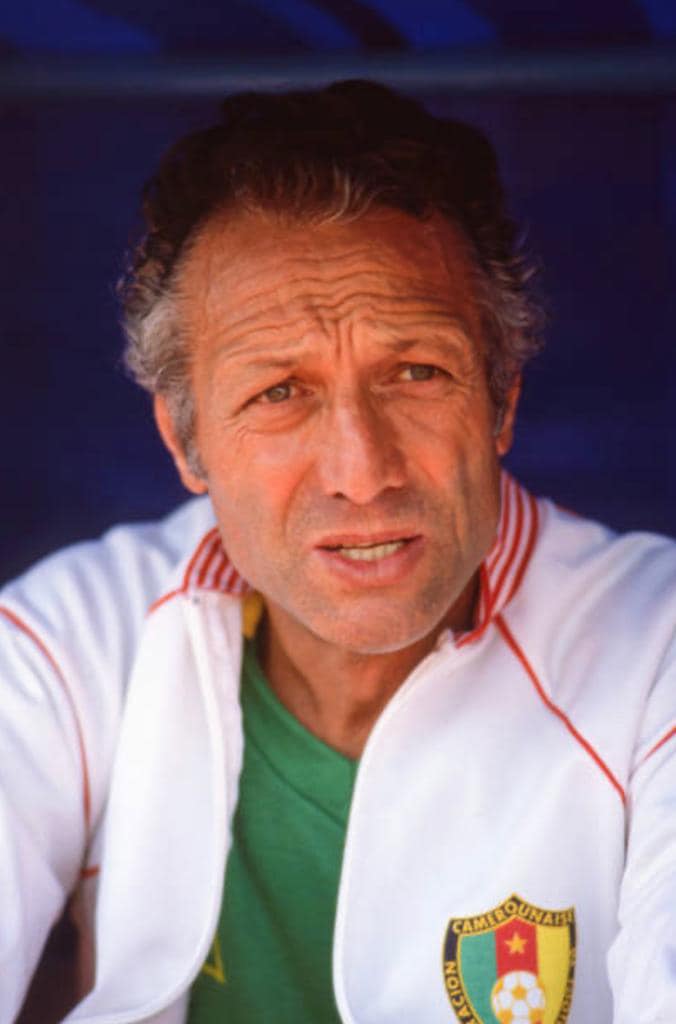
This match at Vigo’s Estadio Balaidos was characterized by a string of missed chances by a nervous-looking Italy. It took until the 61st minute for Italy to break the deadlock as Graziani headed home from Paolo Rossi’s cross. But Cameroon hit back just sixty seconds later to equalize with Gregoire Mbida’s goal.
Cabrini almost restored the Azzurri lead, but Cameroon’s brilliant Canon Yaounde goalkeeper Thomas N’Kono produced a stunning save. This was the competition where the world was introduced to N’Kono, who would go on to join Espanyol of Spain where he would star for nine seasons. N’Kono is rightly regarded now as the greatest African goalkeeper of all time and one of the very few, world class shot-stoppers the continent has produced.
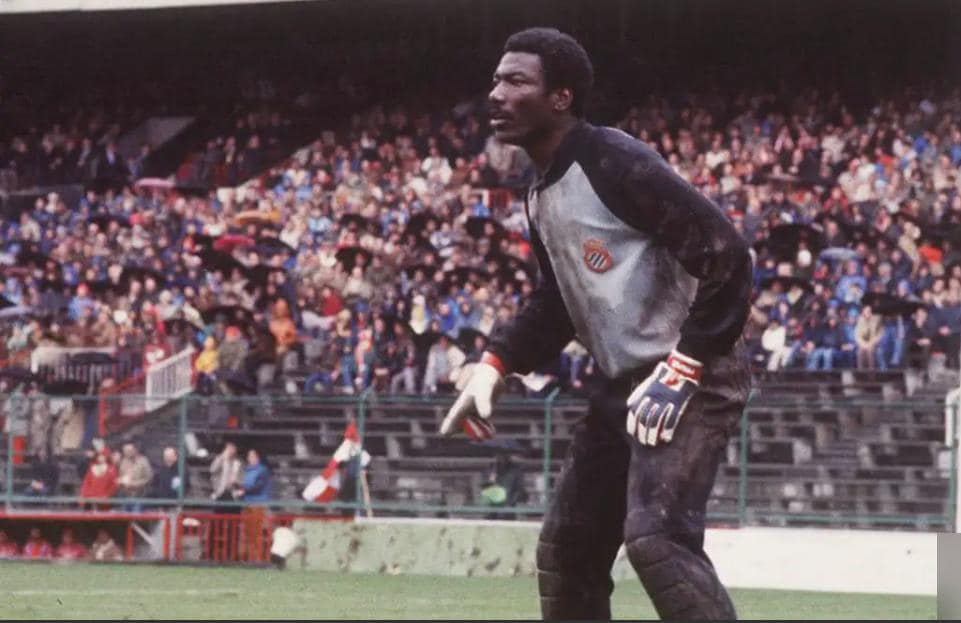
He won his second African footballer of the year award this same year, the only African goalkeeper to so accomplish that twice ever. Gianluigi Buffon, the Italian 2006 World Cup-winning goalkeeper regards N’Kono as his idol, and named his son ‘Thomas’ in honour of him.
Italy held out for a 1-1 draw to progress to the second stage, while Cameroon exited as heroes. The celebrations, not only when equalizing, but also at the final whistle despite elimination showed what a landmark in African football this game had been.
The Indomitable Lions could not progress to the next stage of the competition with the three points, since only 12 out the 24 teams could qualify to play the second round three-mini league round robin. They were given hero’s welcome at Yaoundé International Airport where thousands of ecstatic fans had gathered so early in the morning to cheer their darling team. As part of the celebrations, the Government of Cameroon declared a public holiday and gave the Lions a lavish and unprecedented reception at the Unity Palace.
These Canon’s ‘Galacticos’, and their flamboyant football, reached the pinnacle of African football, and the masterclass embodied—perfectly—the style and panache they boasted during these years of dominance when this same glorious generation with six of them (Aoudou, N’Kono, Kundé, Abega, N’Guea, and M’Bida) formed the core of the Yugoslav Radivoje Ognjanović-tutored Indomitable Lions that won the African cup of Nations hosted by Ivory Coast in 1984, the very first international trophy of Cameroon.
That was the year Théophile Abega won the African footballer of the year award, making him the third member of this golden generation so honoured.
Few clubs have had the sort of impact on a national team at the continental and global stages that Canon Sportive managed at the 1982 World Cup and 1984 African Cup of Nations. This is why they remain Cameroon’s most renowned team.
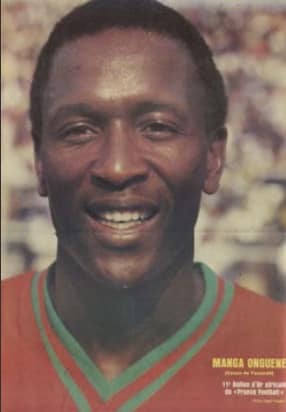
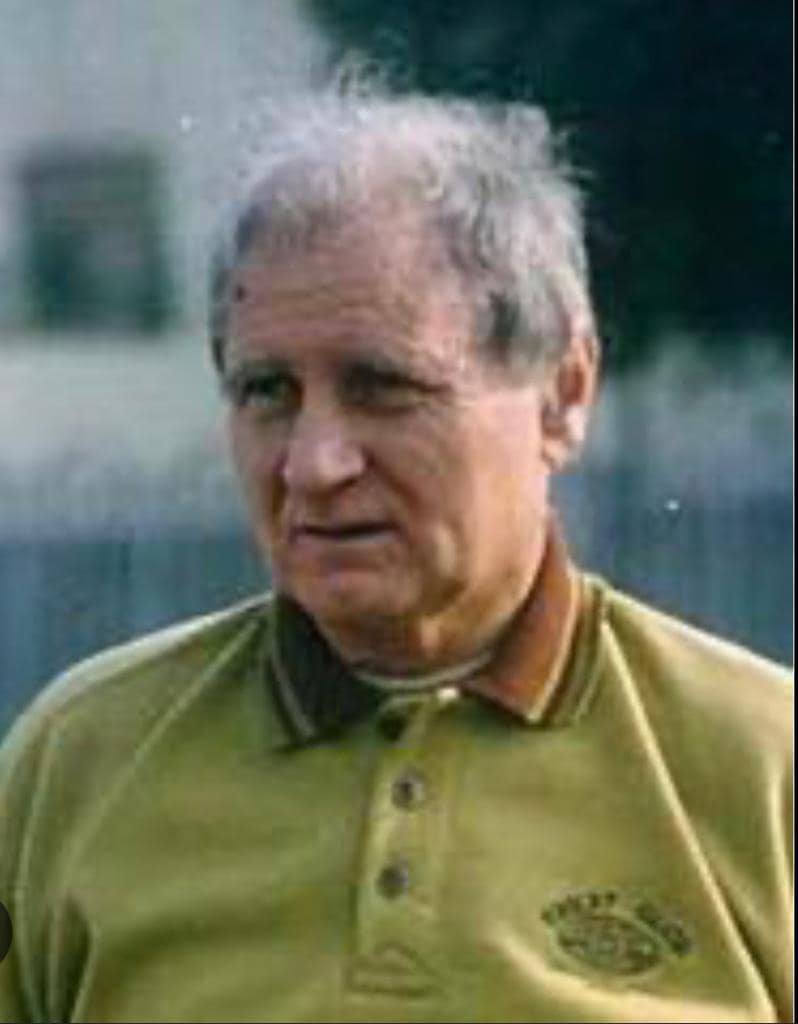
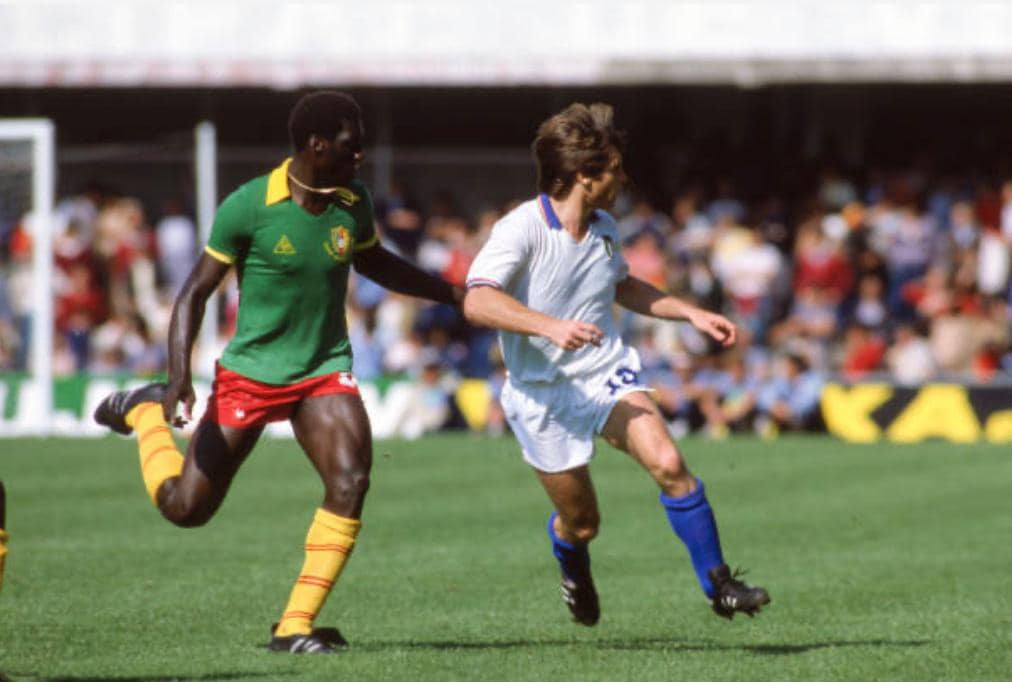
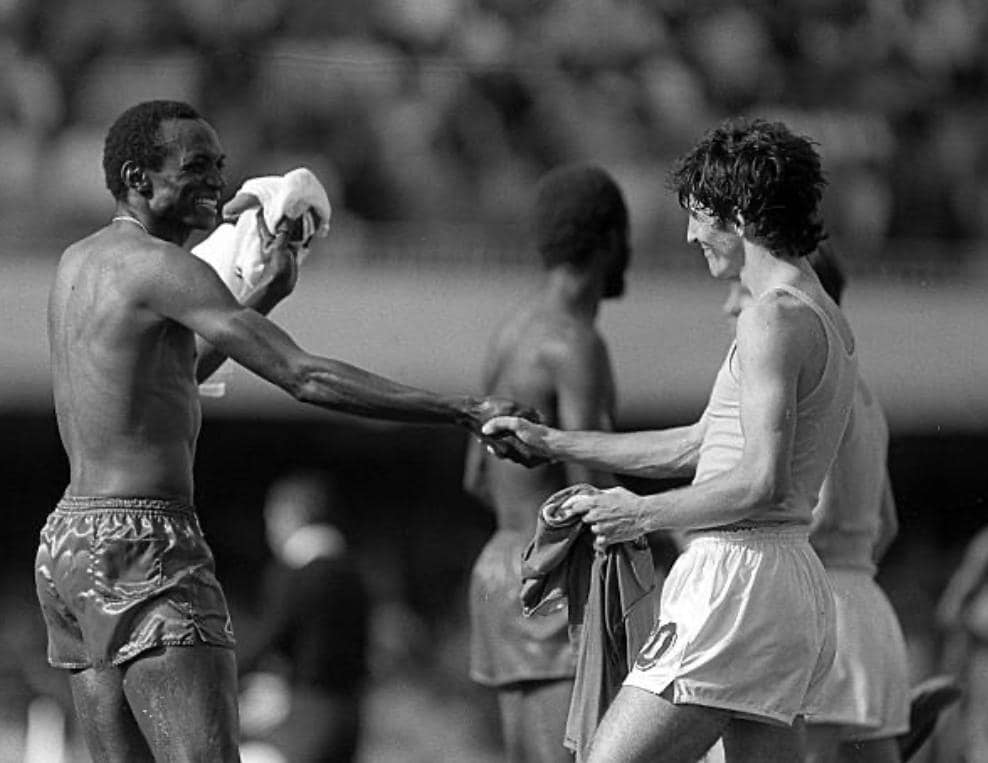
References:
Eidickson Agbortogo, Cameroon Tribune, February 2020
Carlo Garganes, a UK-based sports journalist. February 2019.
Canon Sportif Yaoundé: Kpa Kum – Published on January 3, 2021 by panamstory
Tagged Weapons , Cameroon , Yaoundé Canon , War/Battle
(Edited by Chris Adetayo)
